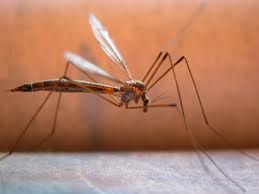Some Facts About Malaria
| Tweet |
By Billie Rubin, Hemoglobin’s Catabolic Cousin, reporting from the labs of Stanford Blood Center
According to the Centers for Disease Control and Prevention (CDC), “About 1,500 cases of malaria are diagnosed in the United States each year. The vast majority of cases in the United States are in travelers and immigrants returning from countries where malaria transmission occurs, many from sub-Saharan Africa and South Asia.”
Malaria is caused by a parasite carried by mosquitoes that get it from an infected human. The parasite travels to the person’s liver where it matures, then enters the bloodstream and infects the red blood cells (RBCs). They multiply inside the RBC, which breaks open within two or three days. The parasite then infects other RBCs resulting in the loss of hemoglobin, which can cause anemia, fevers and flu-like symptoms.
Malaria is treated as a medical emergency that requires a hospital stay. Chloroquine is often used for treatment, however, there is currently no vaccine.
Because malaria can be transmitted through blood transfusions, it’s important for us to ask blood donors about their travel history at each visit for screening purposes. Not sure if a location you traveled to within the past year is a risk area? Give us a call before dropping in: 888-723-7831. In addition, the CDC offers an interactive map application on their website.

